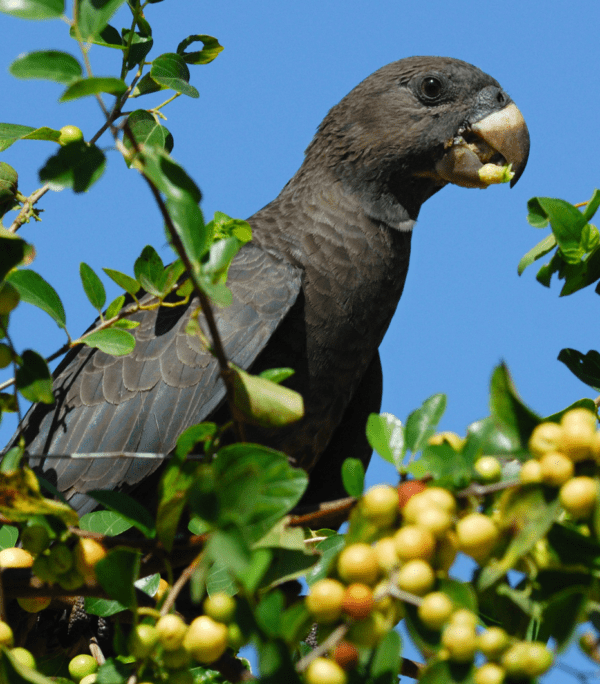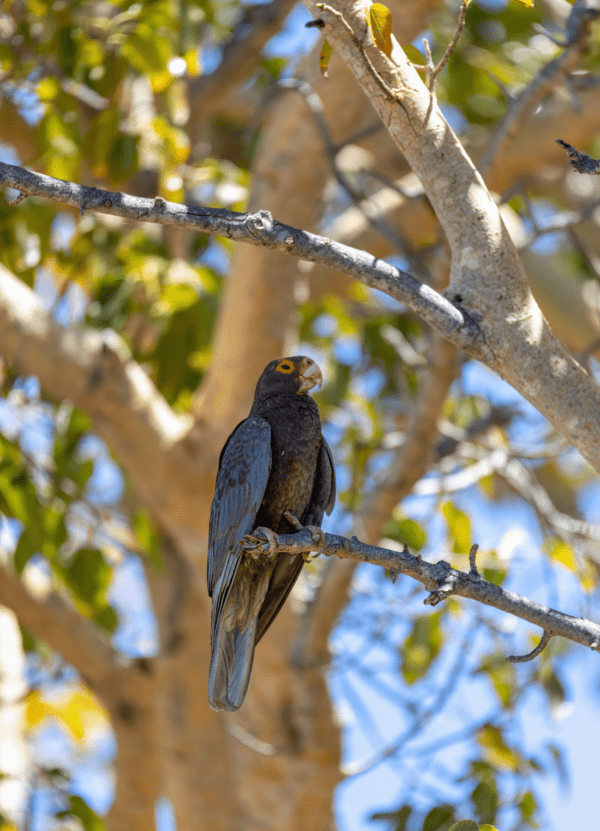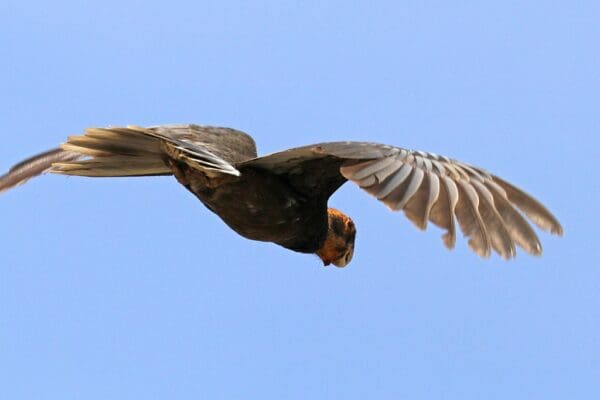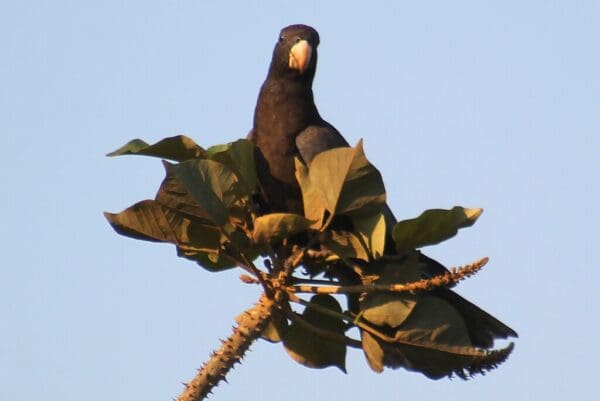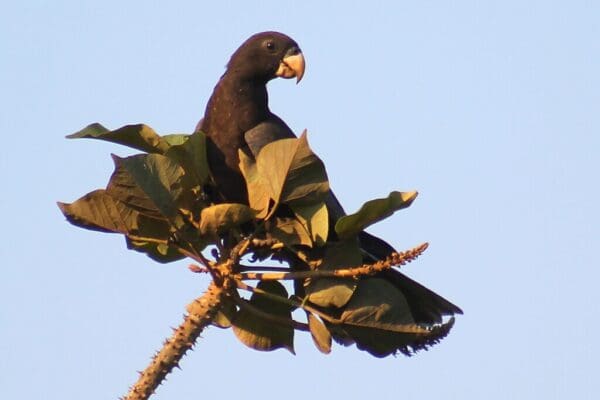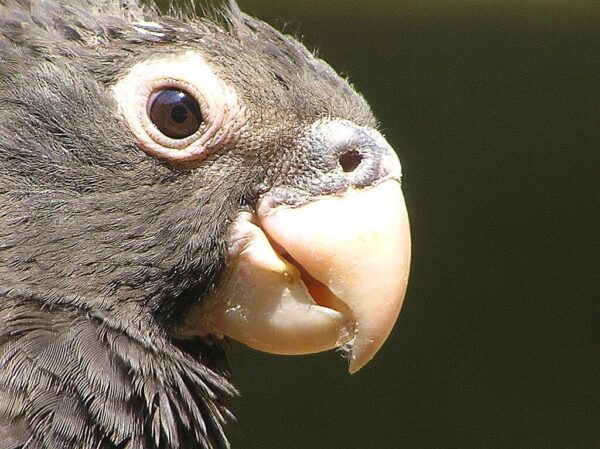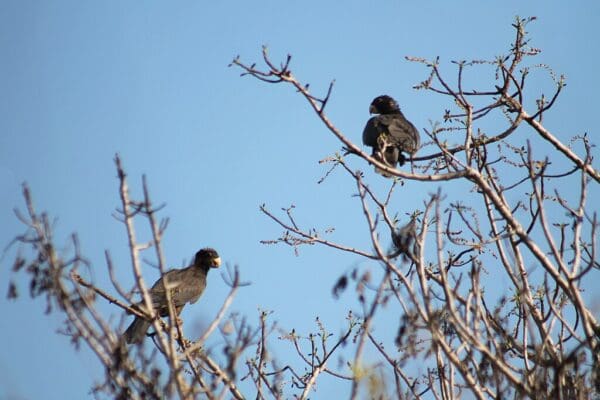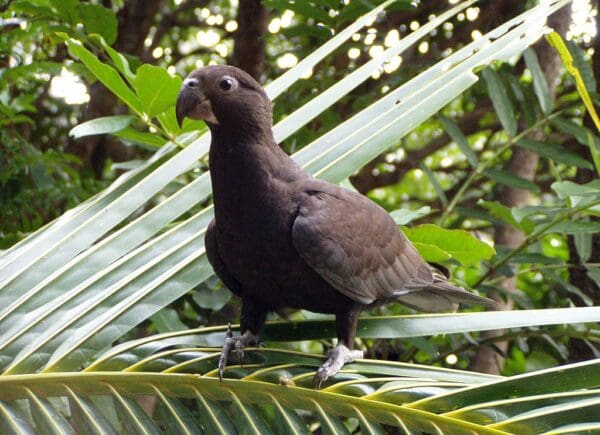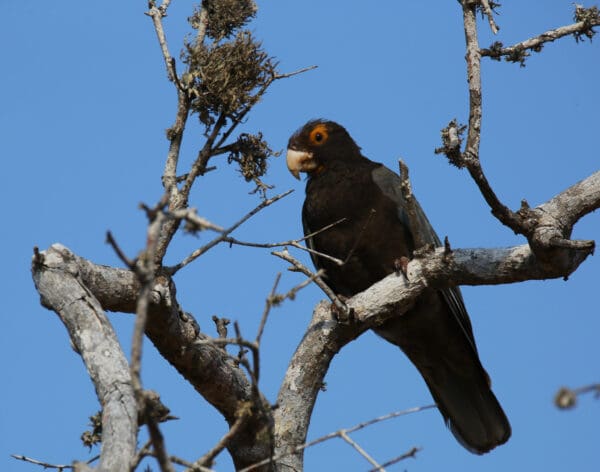Vasa Parrot
Also known as:
Greater Vasa Parrot (C.v. vasa), Western Vasa Parrot (C.v. drouhardi), Comoro Vasa Parrot (C.v. comorensis)
Also known as:
Greater Vasa Parrot (C.v. vasa), Western Vasa Parrot (C.v. drouhardi), Comoro Vasa Parrot (C.v. comorensis)
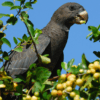
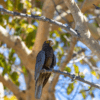
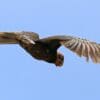
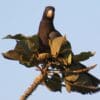
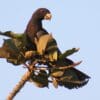
![© Frank Wouters [CC BY 2.0] via Wikimedia Commons Closeup profile of Vasa Parrot](https://parrots.org/wp-content/uploads/1991/01/Vasa-Parrot-Frank-Wouters-100x100.jpg)
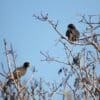
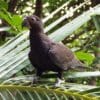
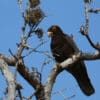
DID YOU KNOW?
Female Vasas in breeding condition lose feathers on their head and crown and the skin becomes bright yellow, giving the bird a vulturine appearance.

Coracopsis

vasa
Size:
50 cm (19.5 in)
Weight:
480 g (16.8 oz)
Subspecies including nominate:
three: C.v. vasa, C.v. drouhardi, C.v. comorensis
Colour Adult:
C.v. vasa: Male-grey/black, more grey on upperparts; grey undertail coverts, shafts of feathers streaked black; outer webs of primary feathers blue/grey; brown/black tail, grey underneath. Beak pink/horn coloured. Lores and eye ring bare and pink/white. Eye dark brown. Female-as in male but when breeding loses feathers from head to reveal yellow/orange skin.
C.v. drouhardi: Both adults paler, more blue/grey on upperparts; grey/white undertail coverts and underside of tail; tail with darker subterminal band; smaller.
C.v. comorensis: Both adults paler in colour; brown tinged underparts; undertail coverts grey/brown with shafts streaked darker; smaller in size.
Colour Juvenile:
As in adult but more brown plumage; feathers of underparts marked chestnut brown. Beak grey. Cere, lores, and eye ring bare and pale grey.
Call:
Wide range of sounds. Whistling, puppy-like yapping, harsh squawks, raucous calls, and vibrating, grating sounds.
More Information:
Content Sources:
CITES
BirdLife International
Cornell Lab of Ornithology/Birds of the World
Parrots: A Guide to Parrots of the World, Juniper and Parr, 1998
Parrots of the World, Forshaw and Cooper, 1989. 2010 edition
Parrots of the World, Forshaw, 2006.
Parrots in Aviculture, Low, 1992.
Psittacine Aviculture, Schubot, Clubb and Clubb, 1992.
Captive Status:
Rarely seen in captivity.
Longevity:
—
Housing:
Walk-in aviary, minimum length 7 m (23 ft).
Diet:
Fruit such as: apple, pear, orange, banana, cactus fruits, pomegranate, forming about 30 % of the diet; fresh vegetables such as: carrot, celery, green peas, beans, fresh corn, green leaves; spray millet and limited mixed seed; cooked beans and pulse; complete kibble; walnuts.
Enrichment:
—
Nest Box Size:
Horizontal box, 16″ x 16″ x 48″ (40.6 cm x 40.6 cm x 122 cm).
Clutch Size:
3 to 4
Fledging Age:
7 weeks
Hatch Weight:
—
Peak Weight:
—
Weaning Weight:
—
World Population:
Unknown; described as fairly common. Decreasing.
IUCN Red List Status:
Least Concern
CITES Listing:
Appendix II
Threat Summary:
The population is tentatively assessed as being in decline due to habitat loss and high levels of persecution.
Range:
C.v. vasa: E Madagascar.
C.v. drouhardi: W Madagascar.
C.v. comorensis: Comoro Islands, Moheli and Anjouan.
Habitat:
Inhabits variety of habitats from moist dense forest to open dry woodland and savanna, to cultivated areas and inhabited areas. Up to 1000 m (3280 ft).
Wild Diet:
Consumes seed, nuts, berries, fruits including Cussonia; cultivated maize, rice and millet.
Ecology and Behaviour:
Congregates in noisy parties and in larger flocks when feeding or roosting. Roosts in tops of tall trees with a lookout to warn of danger. Active on moonlit nights.
Clutch and Egg Size:
3 to 4 slightly elliptical eggs, 46.0 x 34.0 mm (1.8 x 1.3 in).
Breeding Season:
Probably October-January. Nest is usually in baobob (Adansonia) tree cavity.
